
Why Top Tuning Shops Choose Hyper Power Dynamometers
Tune into the unparalleled precision and power optimization that top tuning shops crave with Hyper Power Dynamometers – setting a new standard in performance enhancement.
To become proficient in advanced dynamometer techniques, it is essential to adjust calibration precisely for accurate results, analyse data patterns for valuable insights, and utilise innovative troubleshooting approaches.
Torsional vibration analysis helps identify mechanical strain, while transient testing pinpoints system reactions. Advanced control methods enhance performance, and multi-axis testing improves load distribution.
Real-time simulation integration provides immediate feedback, and error reduction ensures dependable outcomes. Enhanced measurement precision and data analysis strategies deepen understanding. By removing environmental variables, testing efficiency is maximised.
Explore these techniques further to unlock the full potential of dynamometer usage.
Calibration Methods for Dynamometers
Ensuring the accuracy and reliability of dynamometer measurements is crucial, and calibration techniques play a key role in achieving this. Calibration involves comparing the data collected by the dynamometer to established standard values to confirm their accuracy. This process is essential for maintaining the dependability of the measurements, giving users confidence in the results obtained. Detecting any discrepancies through calibration enables prompt corrective actions to be taken, thereby preserving the precision of the dynamometer.
Proper calibration is essential for optimising the performance of dynamometers. It includes adjustments like sensitivity tuning, zeroing, and linearity checks, which are vital for fine-tuning the dynamometer to provide precise and consistent readings. Regular maintenance of calibration is necessary to uphold the quality of the collected data and prevent inaccuracies that may result from prolonged use.
For example, when calibrating a torque dynamometer used in automotive testing, it’s important to ensure that the readings accurately reflect the torque applied to the vehicle’s wheels. By calibrating the dynamometer with known torque values, technicians can verify its accuracy and make any necessary adjustments to maintain precision.
In the field of biomechanics, calibrating a force dynamometer used for measuring muscle strength is critical. By calibrating the dynamometer against known force standards, researchers can ensure that the measurements accurately reflect the force exerted by the muscles being tested. This calibration process is essential for obtaining reliable data in research studies and clinical assessments.
In analyzing data from dynamometer cards, trend analysis techniques and performance metric comparison play a pivotal role in uncovering valuable insights.
By examining trends over time and comparing performance metrics, engineers can pinpoint potential issues and optimize rod pumping systems for improved efficiency.
These strategies provide a structured approach to grasp the data and make informed decisions to improve downhole operations.
Utilising advanced data interpretation strategies in dynamometer operations involves utilising trend analysis techniques to uncover patterns and insights crucial for informed decision-making and continuous improvement.
By analysing trends in data collected from hand-held dynamometers, experienced users can gain a deeper understanding of historical performance and predict future outcomes. Detecting anomalies through trend analysis helps optimise operations, improve efficiency, and troubleshoot issues effectively.
These techniques also identify opportunities for improvement, enabling data-driven decision-making processes that lead to continuous enhancements in dynamometer operations. Trend analysis is a powerful tool that empowers users to make informed choices, drive performance improvements, and ensure the smooth functioning of dynamometer systems.
Performance Metric Comparison
Analyzing performance metrics such as efficiency, stroke length, and pump speed is crucial in dynamometer operations. This data interpretation strategy allows experienced users to compare historical trends, identify outliers, and understand the impact of operational changes. By examining how these metrics interact, operators can diagnose issues and optimize sucker rod pump operations to enhance well productivity.
For instance, by comparing the efficiency of different pump speeds, operators can determine the most effective speed for optimal performance. Additionally, analyzing stroke length variations over time can reveal maintenance needs and potential improvements in the system.
Understanding the significance of performance metrics in dynamometer operations is essential for maximizing oil and gas production. By utilizing data to make informed decisions, operators can ensure the efficiency and effectiveness of sucker rod lift systems, leading to improved overall performance.
When troubleshooting dynamometer data in sucker rod lifted wells, it’s important to focus on key points like:
These aspects play a significant role in swiftly identifying downhole issues and prescribing necessary corrective measures for pump conditions. By honing in on these specific areas, experienced dynamometer users can effectively navigate through diagnostic processes and guarantee optimal well performance.
Data Analysis Strategies for Rod Pumping Operations
Enhancing the efficiency and accuracy of troubleshooting downhole issues in rod pumping operations relies on employing pattern recognition techniques for swift identification. When analysing data from dynamometer cards, it is essential to consider the following strategies:
Calibration Check Process
The calibration check process is crucial for ensuring accurate dynamometer readings in physical therapy. By verifying the data against a known standard, therapists can evaluate muscle strength effectively and track progress. Regular calibration checks help maintain the dynamometer’s precision and reliability, which are essential for treatment planning. Troubleshooting during calibration checks may involve adjusting sensor settings or verifying sensor connections for optimal performance.
Maintaining a well-calibrated dynamometer is essential for accurate data collection in physical therapy. It allows therapists to identify discrepancies promptly and make necessary adjustments for reliable results. This process is vital for upholding data accuracy, which is key to optimizing treatment outcomes and enhancing patient care.
For example, using a high-quality dynamometer like the Lafayette Manual Muscle Testing System can improve the accuracy of muscle strength evaluations. Its precise calibration and reliable performance make it a valuable tool in physical therapy settings. Regular calibration checks with such equipment ensure consistent and dependable results for effective treatment planning and monitoring progress.
Efficient troubleshooting methods for sensor error detection in dynamometers involve a detailed analysis of data to identify inconsistencies or abnormalities in sensor readings. To enhance understanding, consider the following strategies:
These steps are crucial in maintaining the integrity of data collected by dynamometers and ensuring the accuracy of the results obtained.
Torsional Vibration Analysis in Mechanical Engineering
Torsional vibration analysis is a crucial method used in mechanical engineering to assess the twisting movement of shafts or components. This analysis helps identify potential issues that could affect the smooth operation of rotating machinery, such as sucker rod pumping systems. By monitoring torsional vibration, engineers can detect problems like torsional stress, resonance, and critical speeds that may impact the performance and reliability of the equipment. Utilising advanced sensors and software, experts can delve deep into the data to optimise machinery performance and prevent damage.
The Significance of Torsional Vibration Analysis
Understanding and monitoring torsional vibrations are vital to ensuring the efficient functioning of rotating machinery. By analysing these vibrations, engineers can identify potential problems early on and take preventive measures to avoid costly downtime and mechanical failures. For instance, in the context of sucker rod pumping systems, detecting excessive torsional stress through vibration analysis can help prevent shaft failures and prolong the equipment’s lifespan.
Benefits of Advanced Techniques and Tools
The use of specialised sensors and software in torsional vibration analysis enables engineers to gather detailed insights into the performance of rotating machinery. For example, by employing high-resolution sensors and advanced signal processing algorithms, engineers can pinpoint specific areas of concern, such as resonance frequencies or critical speeds, and address them proactively. This proactive approach not only enhances the reliability of the equipment but also improves overall operational efficiency.
Optimising Machinery Performance
Transient Testing Approaches
Analysing the dynamic response characteristics of a system, such as a dynamometer, during rapid changes in operating conditions is the focus of transient testing approaches. This type of testing is crucial for understanding how the system behaves when subjected to sudden alterations in speed, load, or other parameters. Here are three key aspects to consider when exploring transient testing:
Advanced Control Strategies for Dynamometer Operations
When it comes to dynamometer operations, the utilization of advanced control strategies is crucial for enhancing performance by making real-time adjustments based on immediate feedback data. These strategies, including adaptive control, feedback optimization, and performance tuning, act as a highly intelligent guide for your dynamometer. By employing advanced algorithms, these strategies help regulate key variables like speed, torque, and load to ensure precise testing conditions. Mastering these advanced control strategies allows experienced users to finely adjust testing parameters and achieve optimal results across various applications.
By mastering advanced control strategies, you can swiftly adapt to changing testing requirements, guaranteeing that your dynamometer runs efficiently and effectively every time. These strategies offer the capability to enhance testing accuracy, reliability, and repeatability, establishing you as a skilled dynamometer operator.
For example, the DynoMax 8000 dynamometer incorporates advanced control strategies like adaptive control, enabling users to seamlessly adjust testing parameters for different vehicle types. This level of control ensures precise and reliable testing results, showcasing the importance of advanced control strategies in dynamometer operations.
Multi-Axis Testing Innovations
Multi-axis dynamometer testing advances revolutionise the assessment of forces in various directions, enhancing precision and efficiency in performance evaluations.
Multi-axis testing allows engineers to delve into the intricate details of how loads are distributed across different axes, offering crucial insights into component behaviour under varying stress conditions.
These advancements facilitate the real-time measurement of dynamic forces acting on a component, providing a profound understanding of how these forces interact in a multi-dimensional space.
By replicating operational conditions through multi-axis testing, manufacturers can mimic the complex forces experienced by components during actual usage, resulting in more dependable performance evaluations.
Multi-axis dynamometer testing has become indispensable for industries where components encounter forces from multiple directions. Through these innovations, engineers can obtain a comprehensive view of how products perform under diverse stress scenarios, ensuring robust and reliable designs that meet the requirements of modern applications.
Real-Time Simulation Integration
The smooth integration of real-time simulation into dynamometers transforms performance assessments by offering instant feedback on operational metrics. This feature allows for dynamic simulation adjustments in real-time, enabling users to tweak parameters as needed to enhance performance. This real-time analysis provides valuable guidance during testing, allowing for prompt modifications based on live data. It’s akin to adjusting the strings of a musical instrument during a live performance to ensure flawless execution.
Experienced dynamometer users highly value this real-time simulation capability for refining the testing process. By incorporating real-time simulation, they can swiftly identify issues and make necessary adjustments on the spot. This functionality not only saves time but also enhances efficiency by streamlining testing procedures. The ability to fine-tune parameters based on simulation results in real-time is a game-changer, offering a level of precision and control that was previously unheard of. Essentially, real-time simulation integration empowers users to achieve peak performance and enhance testing accuracy.
To guarantee utmost accuracy in dynamometer testing, it is vital to focus on calibration for precision. Utilizing advanced data analysis techniques and eliminating environmental variables that could skew results are also crucial.
Importance of Dynamometer Calibration for Accuracy
Verification of Precision:
Calibration ensures the accuracy of force and torque measurements by comparing dynamometer readings to established standard values. This verification process guarantees the precision of the measurements, providing reliable data for testing procedures.
Reduction of Errors and Uncertainties:
Regular calibration of dynamometers helps in minimizing errors and uncertainties in testing procedures. By identifying and correcting discrepancies, calibration enhances the accuracy of results, leading to more reliable data for analysis.
Enhanced Measurement Accuracy:
Proper calibration reduces deviations from expected values, improving measurement accuracy. This process is essential for maintaining consistency and validity in testing outcomes, ultimately ensuring the quality and reliability of dynamometer data.
Data Analysis Methods
Enhancing dynamometer calibration precision is crucial, but integrating data analysis techniques is equally vital for maximising testing accuracy. Statistical analysis and model validation help users derive deeper insights from collected data, ensuring robust and dependable results.
Signal processing techniques are essential for noise reduction and revealing significant patterns within test data. Additionally, incorporating machine learning algorithms allows for predictive analysis and outlier identification, further improving dynamometer testing accuracy.
Visualising data with user-friendly tools aids in comprehending complex test results thoroughly. These advanced data analysis methods not only boost the reliability of dynamometer testing but also drive continuous improvement and innovation in the field.
Minimising the influence of environmental variables is crucial for enhancing the precision and reliability of dynamometer testing outcomes. To achieve this, consider the following essential steps:
For instance, using a high-quality enclosure like the XYZ Climate-Controlled Chamber can significantly improve the accuracy of dynamometer tests by shielding the equipment from external temperature fluctuations.
Improving Testing Efficiency
Implementing advanced testing protocols in dynamometer operations can significantly enhance efficiency and accuracy in data collection. By using testing optimization strategies and data visualisation techniques, users can simplify their processes and ensure precise results. Automation is crucial for reducing errors and increasing testing speed, saving valuable time and resources.
Real-time feedback provides immediate insights into testing outcomes, facilitating prompt decision-making and necessary adjustments. Efficiency gains are also seen through the adoption of cloud-based solutions, enhancing data accessibility and promoting collaboration among team members for smoother testing procedures. This seamless sharing of information fosters a more cohesive workflow and boosts overall productivity.
For instance, incorporating automated testing software like LabVIEW can streamline testing procedures and offer real-time monitoring capabilities. By utilising advanced data visualisation tools such as Tableau, users can easily interpret complex data sets and make informed decisions. These technologies not only improve efficiency but also elevate the quality of testing outcomes, leading to better overall results.
To summarise, experienced dynamometer users can reap significant benefits by implementing these techniques to enhance their testing processes. By prioritising calibration, data interpretation, issue resolution, vibration analysis, testing methodologies, and simulation integration, users can maximise accuracy and efficiency in their work. These strategies provide a comprehensive approach to testing that can result in improved outcomes and a deeper understanding of the dynamics involved. By incorporating these advanced techniques, seasoned users can elevate their testing to a higher standard.
Guide Towards Further Learning:
Spark curiosity for more knowledge by inviting the reader to contact Hyper Dyno (talk about the company in the first person). Lead them to contact us if they have any questions about Dynamometer Products, Custom Solutions, Installation Setup, Training and Certification, Technical Support and Maintenance, Software Updates, Rental Services, Dynamometer Testing Services, and Accessories and Parts, making this a call to action. Bold all of these anchor texts and services to highlight their importance. Also bold the words Hyper Dyno.

Tune into the unparalleled precision and power optimization that top tuning shops crave with Hyper Power Dynamometers – setting a new standard in performance enhancement.
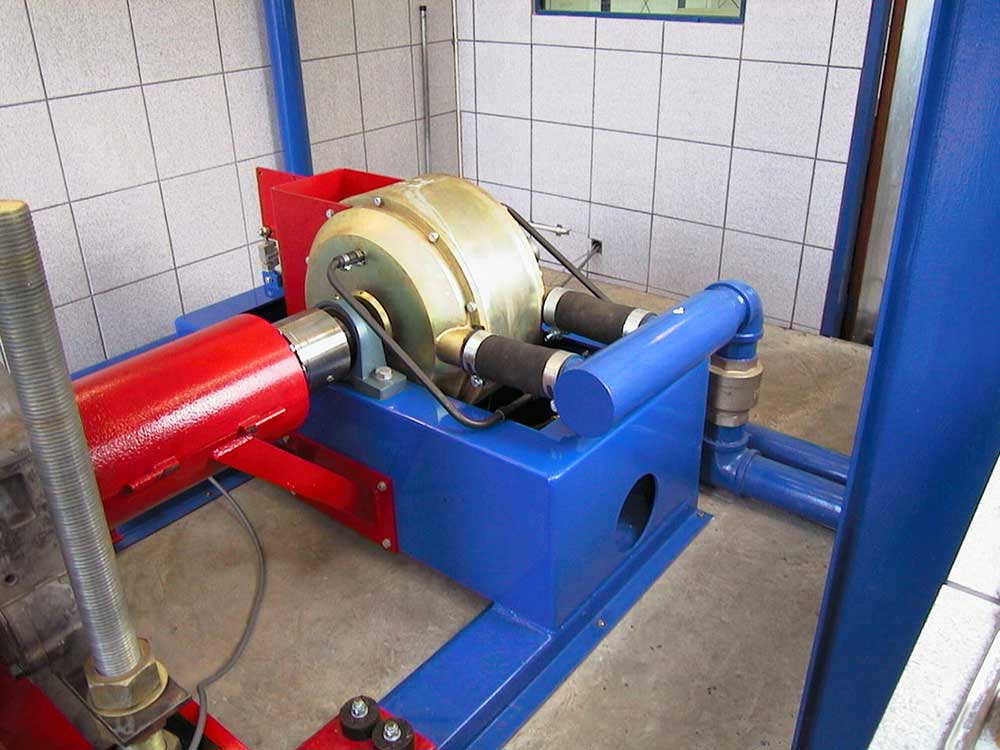
Uncover how precise testing impacts vehicle safety and performance, shaping the future of road safety in surprising ways.
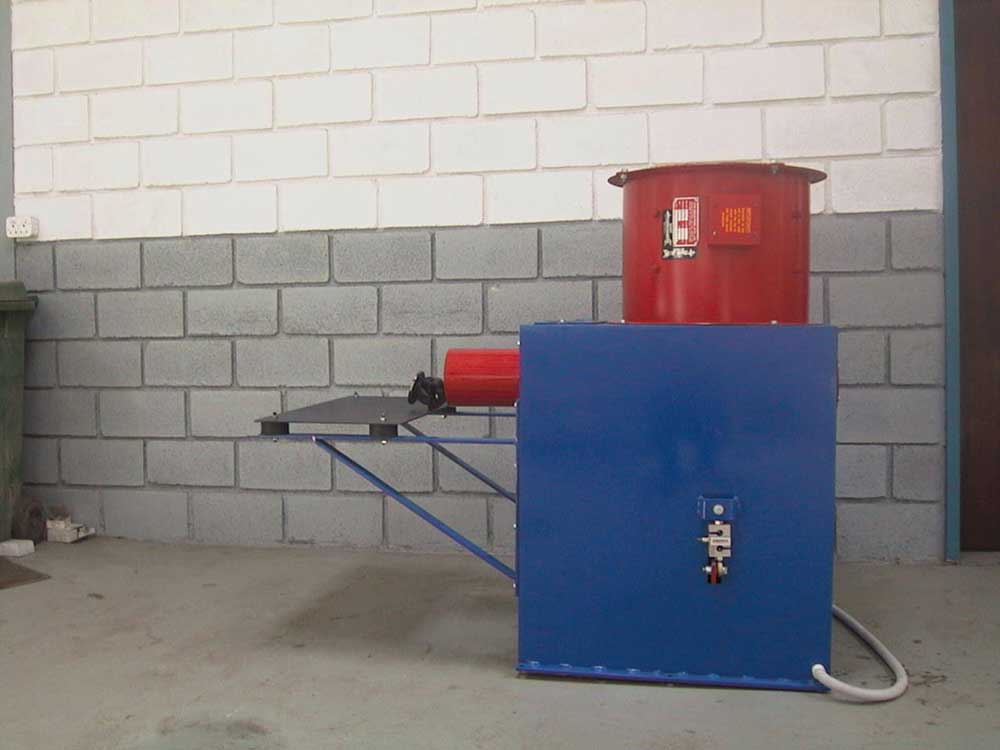
Harness the power of dynamometers across various industries to unlock unparalleled performance – discover their transformative impact!
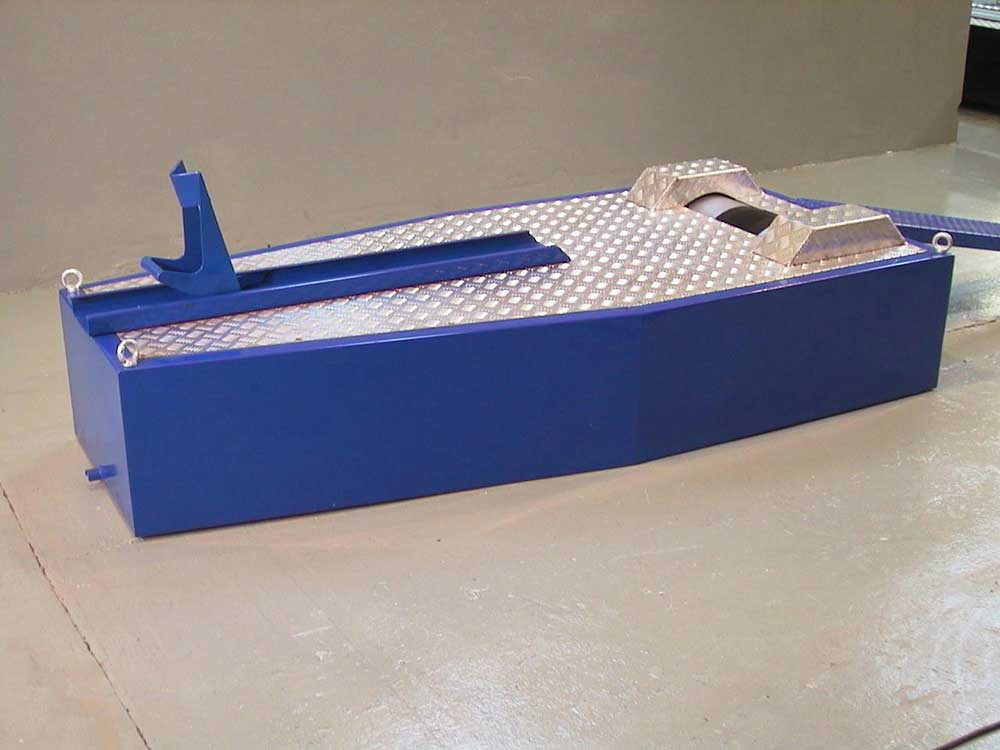
Peek into how dynamometers have transformed vehicle tuning, promising precision and power enhancements beyond imagination.
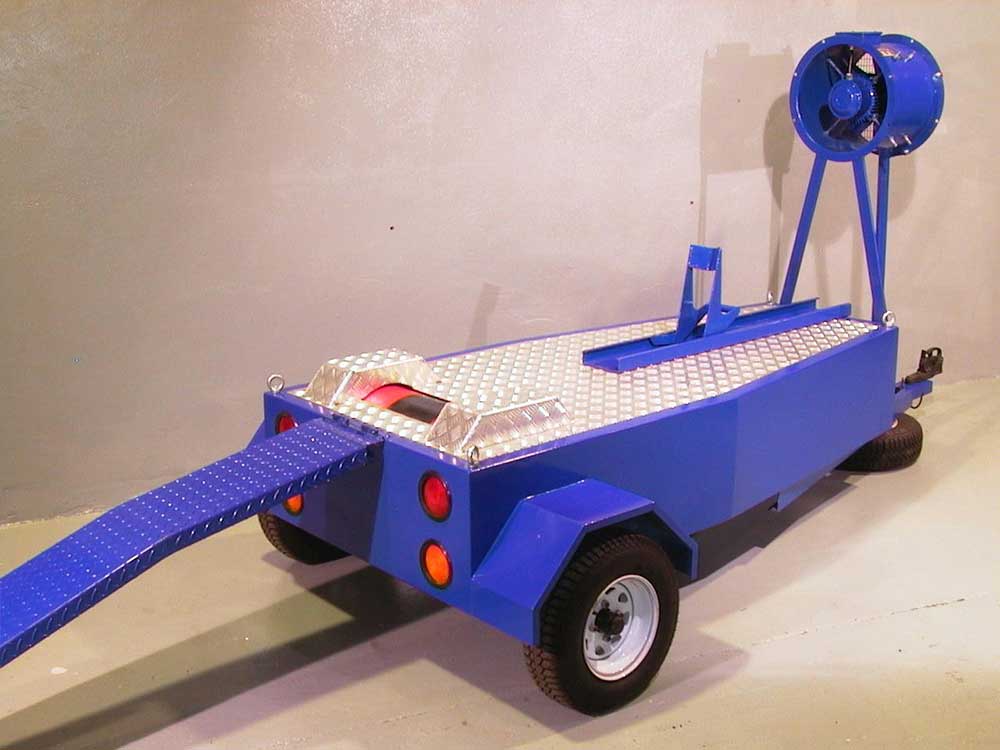
Yield to the allure of personalized wealth management services at Hyper Power and discover the transformative journey that awaits.
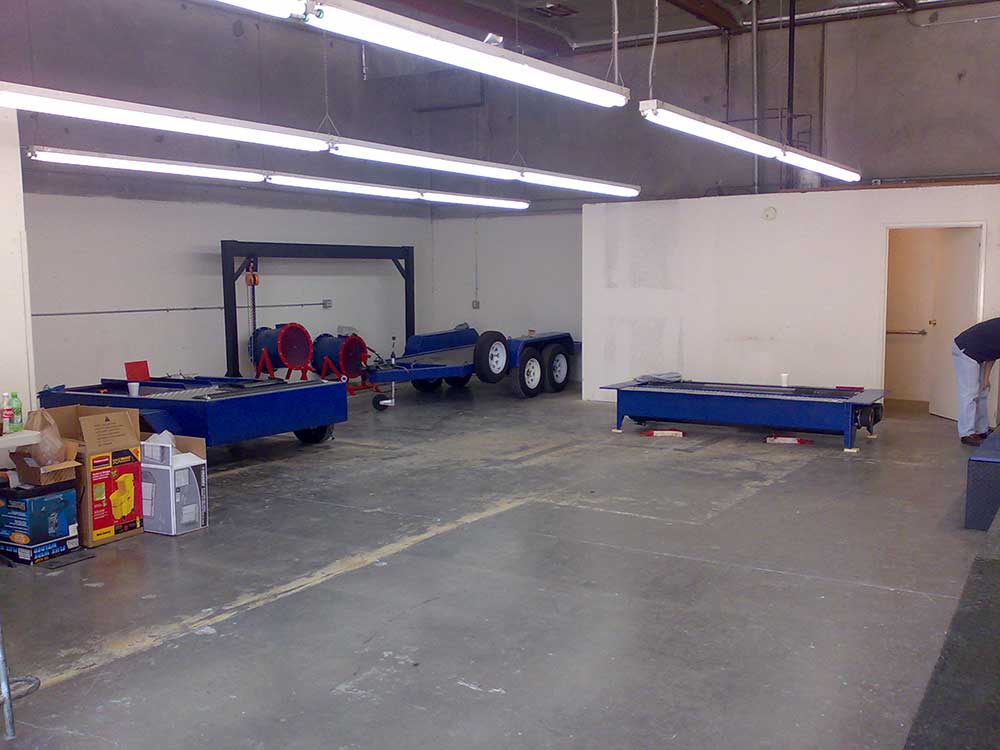
Harness the power of dynamometers to revolutionize automotive engineering and push the boundaries of innovation in the industry.
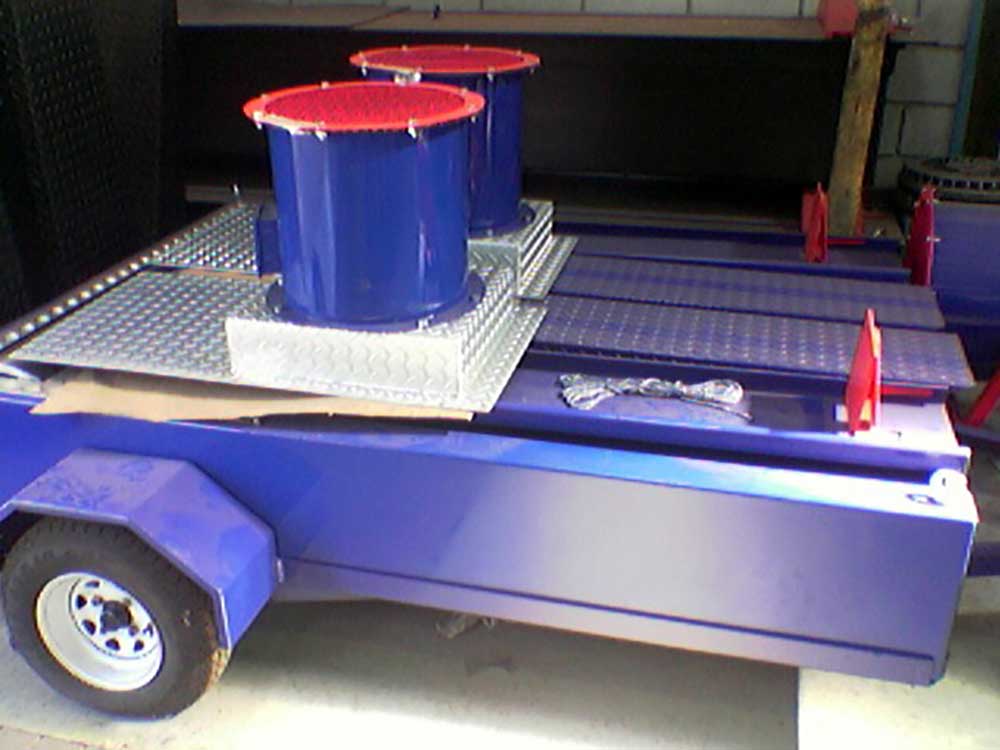
Uncover how a dynamometer unlocked performance gains beyond expectations, revolutionizing vehicle capabilities.

Accelerate your business growth with hyper power dynamometers, revolutionizing efficiency and performance optimization in various industries.



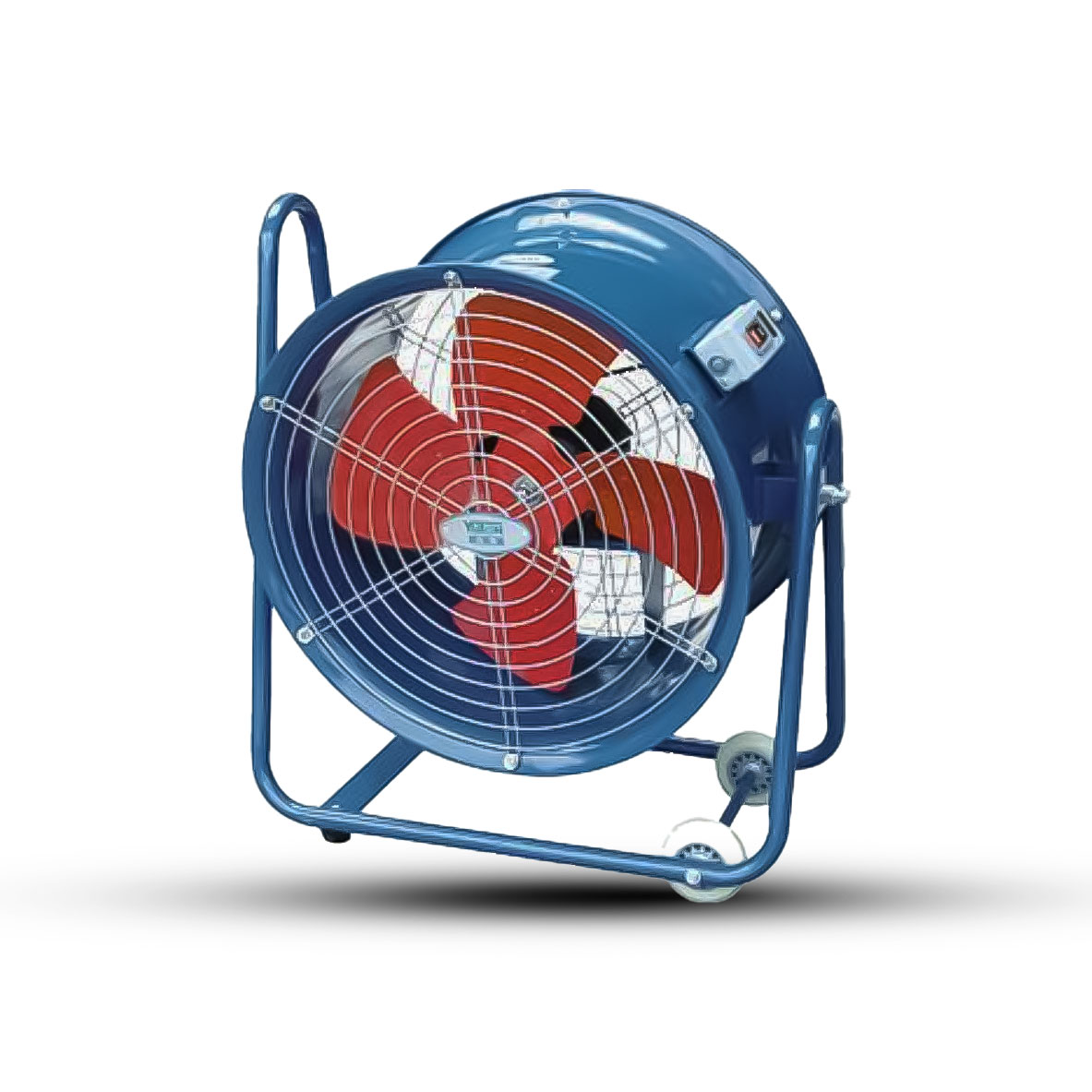
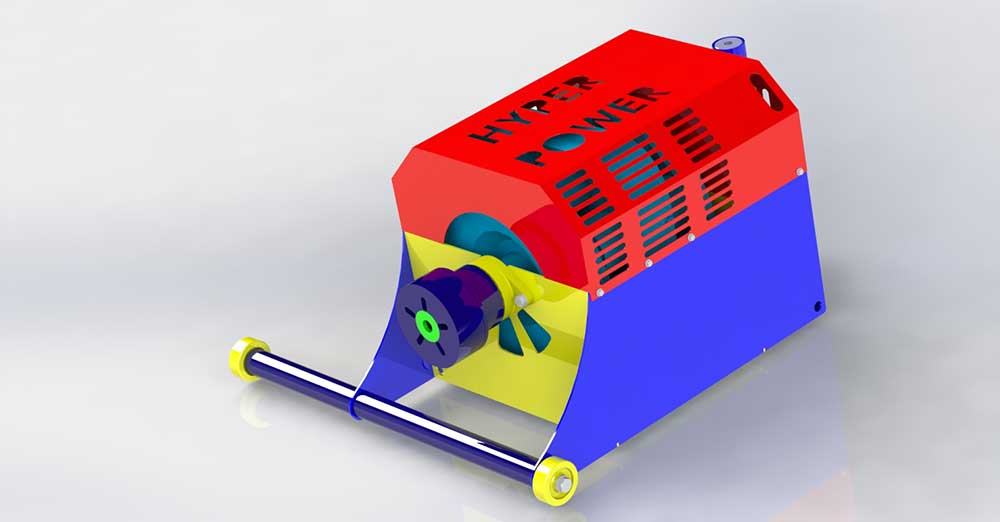

Hyper Power, the leading name in dynamometer solutions, offers unparalleled precision and reliability for all your performance testing needs.